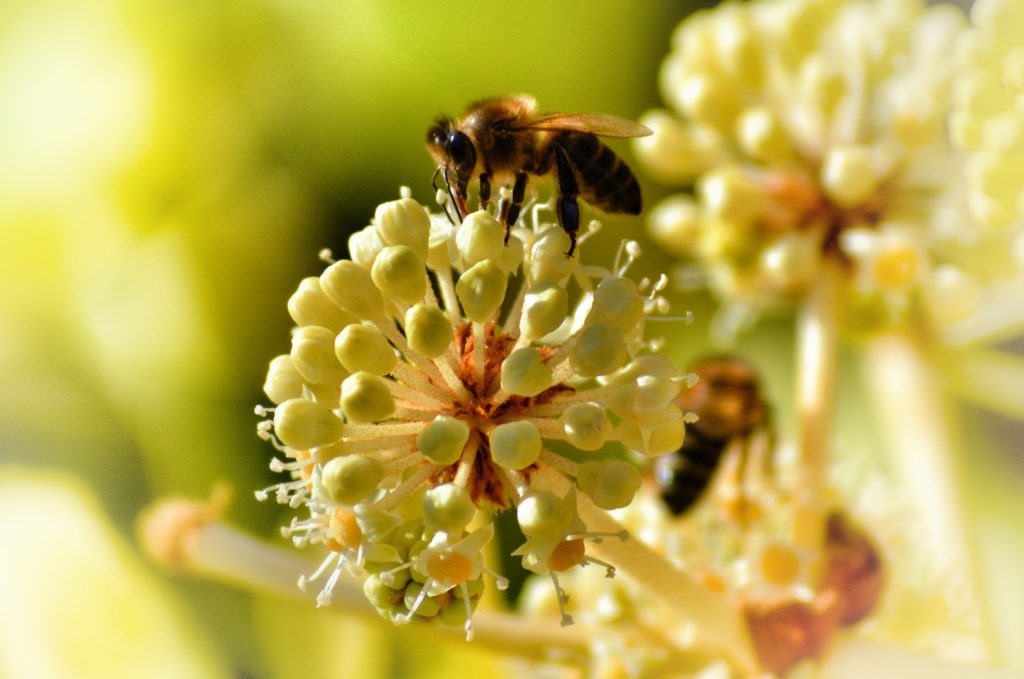Each year on April 22nd, we observe Earth Day, a celebration of the environment. The concept has grown since its inception in 1970 to include weeklong and even month-long activities and conversation, creating a wealth of opportunities (and resources) to teach and engage in principles of environmental protection and stewardship.
With the phrase “Earth Day is every day” in mind, here are five ways you can celebrate and integrate the principles of Earth Day into your program year-round.
1. TEACH THE 7 PRINCPLES OF LEAVE NO TRACE
The 7 Principles of Leave No Trace were created by the Leave No Trace Center for Outdoor Ethics to “provide guidance to enjoy our natural world in a sustainable way that avoids human-created impacts.” Covering everything from campsite selection to outdoor etiquette, these guidelines apply in the front country and the backcountry.
The Leave No Trace Center offers opportunities to pursue training in these principles (and how to teach them), but they also offer an incredible suite of teaching resources for anyone who wants to incorporate these guidelines into their programming. You can also find sample Leave No Trace Seven Principles Activities, view a webinar on “How to Integrate Leave No Trace into Outdoor Experiences for Youth,” and read our Guide on Teaching Students Proper Outdoor Behavior on the TYO website.
2. ENCOURAGE AND CREATE OPPORTUNITIES FOR STEWARDSHIP
In its greatest sense, “stewardship” is the simple act of taking care of something. When it comes to environmental stewardship, this can take on an array of meanings. One of the easiest forms of outdoor stewardship is cleaning up our trails and green spaces. While you can easily organize your own clean up project, you can also join or partner with existing events organized by local and state parks, environmental organizations, and even outdoor brands – REI offers volunteer opportunities around its Black Friday #OptOutside campaign, Granite Gear is in the second year of its Grounds Keepers trail cleanup program, and United by Blue has been doing year-round cleanup programs for eight years.
A slightly more involved way to incorporate stewardship into your programming is to engage in trail maintenance and other kinds of trail work. Because this requires specific equipment, skillsets, and safety practices, it’s best to partner up with an existing organization to ensure you’re able to offer a safe and effective trail work program. Look for local and state parks, along with regional and national trail organizations (Pacific Crest Trail Association, American Hiking Society, etc.) for potential partners and opportunities.
3. INCORPORATE ENVIRONMENTAL EDUCATION INTO YOUR PROGRAM
You don’t need to be a formal educator or naturalist to incorporate environmental education into your program. There are unlimited topics and unlimited ways to teach and lead activities focused on different aspects of the environment – from games that teach about animal habits to storybooks centered around environmental principles to art projects that help participants develop an understanding of ecosystems.
A great place to start your exploration and drum up some inspiration is the National Environmental Education Foundation (NEEF) website. The organization aims to inspire people to learn about the environment and to help connect them with the natural world – and, in turn, hopefully help inspire stewardship. Their website offers an incredible suite of environmental education resources geared toward different settings – from schools and after-school programs to community organizations and non-profits.
Aside from NEEF, you can also find inspiration from the U.S. Fish & Wildlife Service, the U.S. Forest Service, specific state and national park sites, the Environmental Protection Agency, Earthwatch Institute, and Mongabay.
4. PROMOTE THE BENEFITS OF SPENDING TIME OUTSIDE
One of the best ways to help people become interested in connecting with (and protecting) the natural world is to help them understand how valuable the outdoors is to our physical health and emotional happiness. This is especially important when it comes to youth, which is where the Children & Nature Network (C&NN) comes in – their whole purpose is to offer inspiration, advice, and tools to help connect young people with the outdoors. Their Twitter and Facebook feeds serve up a daily dose of articles, blog posts, and research about the importance of getting kids outside, and their website features an array of resources, including a research library and training materials.
If you want to learn more about the C&NN Research Library and other tools, check out our Guide and Webinar on Making Research Accessible and Useful: The Children & Nature Network’s Research Library and Related Activities.
5. KEEP IT UP!
Above all else, keep doing what you’re doing! Whether you’re a teacher, a summer camp counselor, a volunteer, an executive director of a non-profit, or something else entirely, you’re likely here because you already believe in the transformative power of the outdoors! The time and energy you put into empowering youth to form their own connection with the outdoors is an absolutely priceless – and completely powerful – way to embody the spirit of the phrase “Earth Day is every day!”



